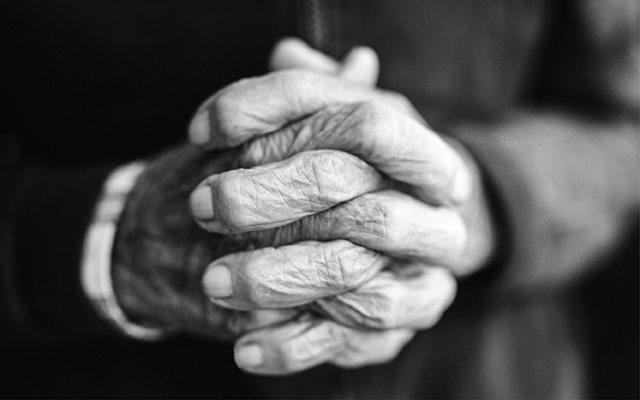During a series of ill-advised visits to a physician a few years ago, I happened to mention in an unguarded moment that three mysterious blemishes had settled on my otherwise unremarkable mug and did not appear to be in any hurry to leave. I pointed to a crusty bump below my jaw line and explained that it often catches the edge of my razor during my morning shave but seems to defy the healing process even when I manage to avoid it for several days. A patch near my right ear exhibits similar behavior, I noted. Most intriguing of all was a fleshy, pearl-colored dome on my nose that periodically sheds its upper layer of skin without any intention of retreating.
“We should have a look at those,” my doctor said. She made a note in my file but promptly moved on to more familiar terrain — cholesterol, statins, and the imminent threat of cardiac arrest. I managed to escape before she ordered me to see a dermatologist in a last-ditch attempt to save me from multiple melanoma.
I’ve long since kept my distance from Western medicine, including dermatologists, even as my trio of facial curiosities has become a familiar sight in my bathroom mirror. They don’t seem to have any interest in spreading to new territory or growing on their current acreage, so I tend to give them the once-over each morning before shaving, watch where I slide my razor, and make peace with my aging reflection. Could be worse.
That’s an observation open to interpretation, I suppose. For this geezer, it represents a sanguine acceptance of the way things are. For many dermatologists, it’s an argument for surgery.
Skin cancer is big business these days — especially here in Geezerville. As Katie Haffner and Griffin Palmer reported in a recent New York Times piece, Medicare recipients submitted to some 5.9 million skin biopsies in 2015, a 55 percent increase compared with a decade earlier. This despite the fact that Medicare Part B covered more people in 2005. You can chalk it up to a generation of sun-loving boomers, I guess, or you can take a closer look at the marketing practices of the dermatology industry.
The Times report highlighted a couple of issues particularly relevant to the senior set: the increasing use of unnecessarily aggressive treatment of skin lesions — even in the last year of life — and the fact that licensed dermatologists often are not the ones providing the treatment.
As the former president of the American Academy of Dermatology, Brett Coldiron, MD, put it, “Ads will say ‘See our dermatology providers.’ But what’s really going on is these practices, with all this private equity money behind them, hire a bunch of P.A.s and nurses and stick them out in clinics on their own. And they’re acting like doctors.”
Advanced Dermatology and Cosmetic Surgery (ADCS) is a prime example. One of the nation’s largest dermatology chains, it operates more than 180 clinics nationwide with only 192 physicians. But ADCS employs 124 physician’s assistants — a 400 percent increase since 2008.
The result, according to the Times, is a pattern of overly aggressive treatment and misdiagnoses disguised as a campaign to heighten awareness of skin cancer. “My number-one goal would be to have people take skin cancer much more seriously than they have, especially baby boomers,” ADCS founder and CEO Matt Leavitt, MD, told the Times. “And we’ve got to continue to work at getting better access for patients.”
That work includes sending crews from an ADCS subsidiary, Bedside Dermatology, into Michigan nursing homes to perform thousands of surgeries each year — 75 percent of them on patients diagnosed with Alzheimer’s disease.
Lost amid this flurry of biopsies, scraping, and slicing is the inconvenient fact that the vast majority of skin cancers are asymptomatic and will not develop into life-threatening melanoma. And the price of unnecessary treatment — especially for the elderly — includes poor wound healing, bleeding, and infection in more than a quarter of those treated. “A procedure that is simple for a young person may be a lot harder for someone who is very frail,” University of California, San Francisco, dermatologist and epidemiologist Eleni Linos, MD, told the Times.
I suspect my aging mug will carry this trio of lesions into the foreseeable future, and I’m going to have to be OK with that. After all, it could be worse.




This Post Has 0 Comments